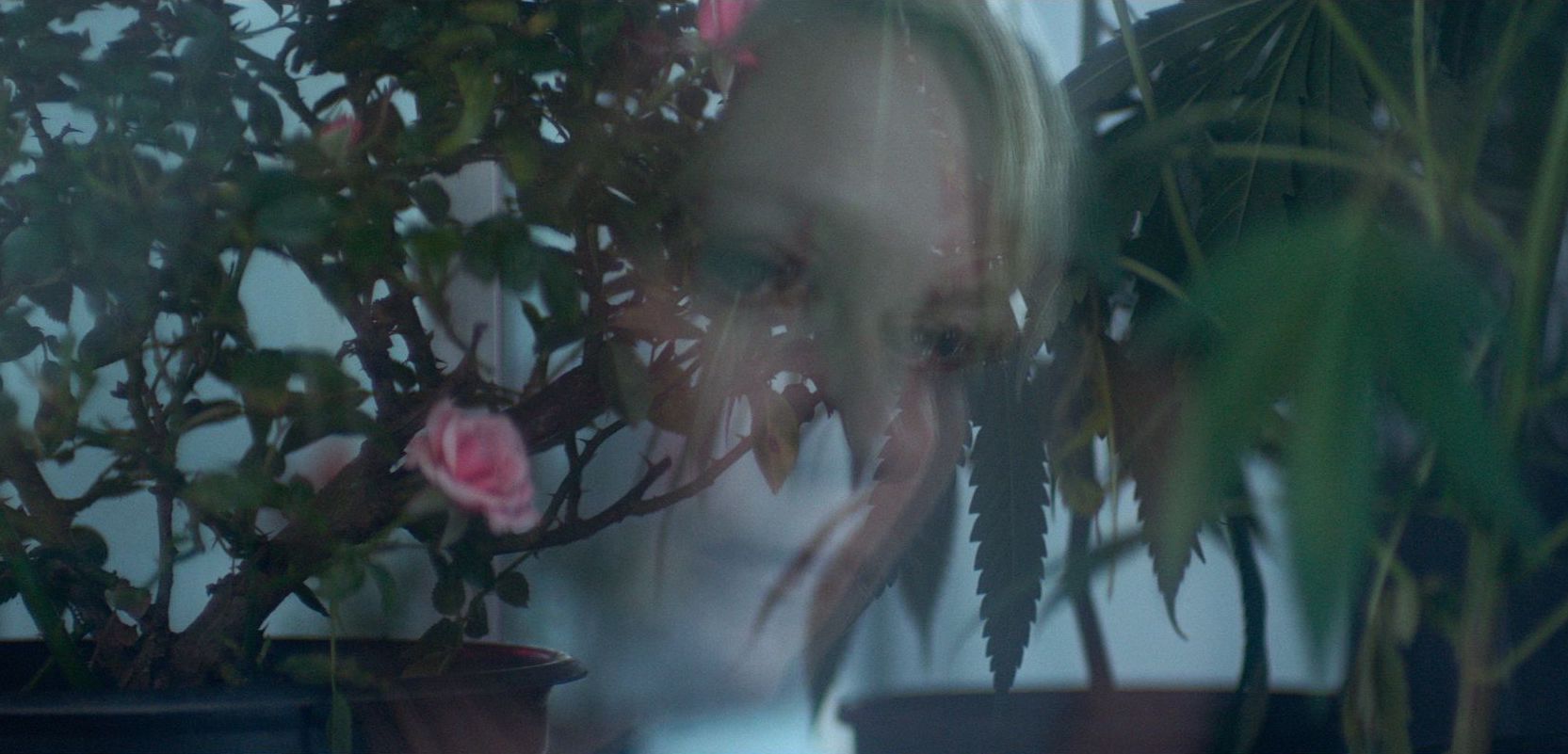
[cw: suicide]
Sometimes I want to kill myself.
This isn’t meant to be a shocking statement. It’s just my reality. I have depression. I have trouble explaining this to people sometimes. Lately, I’ve defaulted to asking if they’ve ever seen You’re the Worst and joke that I’m a lot like its protagonist, Gretchen. It’s easy. It’s sort of harmless. And I think they understand the heft of what I’m saying without it feeling too overwhelming.
I think about dying a lot. I think about the gravity of making that decision. I think about how it’ll impact everyone around me. I think about my friends who are in the same situation as me. I think about how I would do it. I think about what I would be leaving behind. I think about whether or not I’d be better off living a little longer. I think about a lot of things while thinking about this.
All of these thoughts are overwhelming. Some days I can’t face the world. Some days I’m forced to go through he motions of existing even though I can barely bear it. And, you know, some days I’m okay.
Woodshock understands this overwhelming feeling. I never expected much from a film marketed as a film about grief and drugs starring Kirsten Dunst. Sure, it’s that. But it’s deceptively deeper; an immaculately designed film by Kate and Laura Mulleavy that spends every minute wallowing in this pain. It’s frustrating, it’s tragic, and it’s beautiful.
Dunst stars as Theresa, haunted by the loss of her terminally ill mother (Susan Traylor), whose suicide via poison-laced cannabis she helped facilitate. In Woodshock, death and nature are intertwined. It’s not a gun, a knife, or a rope that does the trick: it’s weed, straight from the earth, blended with a liquid from a vial meant to lead one to death. Theresa mixes the two and fills up the joints with this toxic pot like they’re bullets being loaded into a revolver.
Theresa smokes one, experiences a hallucinatory journey, and wakes up with cuts all over her legs. She smokes another and prepares what feels like a grave around her home, her isolated domain full of grief and pain. She smokes another and pushes away everyone she loves in order to ensure that they will never feel how she feels knowing she lost someone she loved, no matter how much she wanted this escape. She smokes more, and more happens. I won’t give away any more.
Death here is treated as though it might just be the ascension those of us who struggle with depression deserve. A number of scenes show Theresa becoming one with nature, body against living wood, as she returns to the earth that makes her feel free. Woodshock cuts between the reality of existing as a human and what human beings do to nature when destroying it. As we watch hands rip apart the bark of a tree, we feel Theresa being broken down. These trees, as they lay there after being cut down, still maintain their uniqueness, their beauty. And just because they’re dead does not mean they have not lived a full life, as shown by their rings.
It is an undeniable truth that Dunst was a necessary choice for Theresa. Her performance history informs this work in a haunting manner, floating like a spectre in a house that’s no longer a home, but a grave. Theresa barely speaks, uninterested in small talk, choosing to keep her pain to herself. The film shifts between deep silences, occasionally obtrusive one-sided conversations with the men around her (Joe Cole and Pilou Asbæk primarily), and an entrancing sound design that blends cicadas, wind, harps, whistles, and all manner of noise into a cacophony of sorrow.
Her body language, however, speaks volumes. From The Virgin Suicides to Melancholia, and many in between, Dunst’s affectations on screen have become astoundingly attuned to the weight of depression. Melancholia is a comforting work of art to me. The decision of whether or not to commit suicide is removed from the self by an otherworldly entity. With the world coming to an end, there’s no place for worry about who you’ll hurt if you die, or how it’ll feel, or if it’s worth it. There’s just death. And there’s comfort in having that decision made for you. There’s sweet acceptance. Woodshock doesn’t offer that comfort, choosing instead to keep Dunst’s performance in the same realm that a portion of her Melancholia existed in. It’s miserable, but it’s accurate in how numbing the pain is.
Where Dunst seems informed by her past, the Mulleavy’s film feels informed by the work of Maya Deren above all else. Some will feel misled by marketing that promised a trippy film. Some will undoubtedly cite David Lynch, who himself was inspired by the experimental filmmaker. Others will complain that there’s nothing behind the beauty that the Rodarte duo have presented. They’re wrong. There’s depth to the symbolism in these gorgeous images of internal rot that has become externalized and, more specifically, of images layered above images to emphasize the spectatorship of self-harm via out-of-body experience. However unconventional a package it is, Woodshock is successful in the way it studies grief, depression, suicide, and loss. It’s bound to be a divisive work of art, but it’s a film I felt deeply connected to in a manner that I never expected to, and I’m thankful for that.
—
Directed by Kate and Laura Mulleavy; written by Kate and Laura Mulleavy; starring Kirsten Dunst, Joe Cole, Pilou Asbæk, Steph DuVall, Jack Kilmer & Susan Traylor; 100 minutes.
Woodshock is now experiencing a limited theatrical release. In Miami, it is only showing at O Cinema Wynwood.



 Derek
Derek
 Isabelle
Isabelle